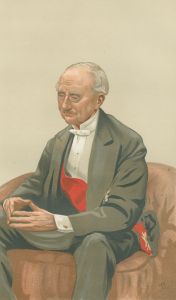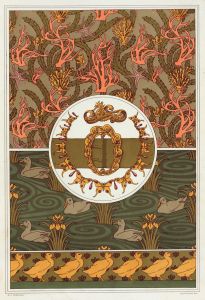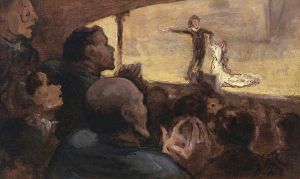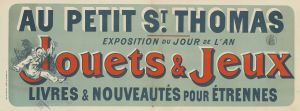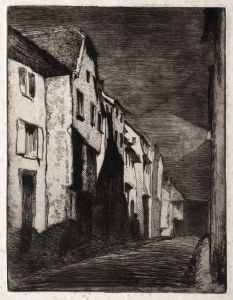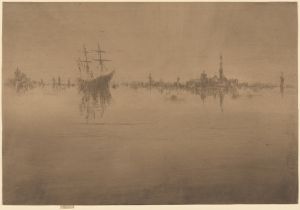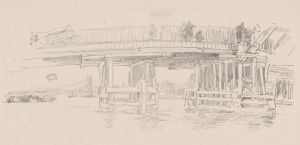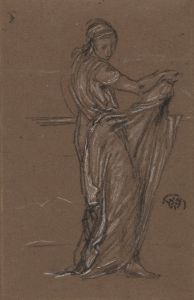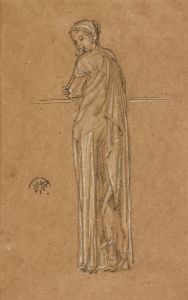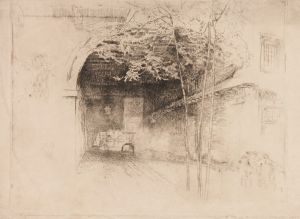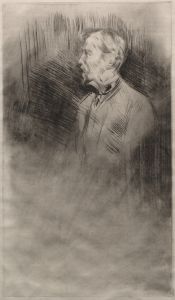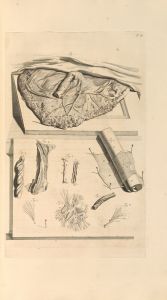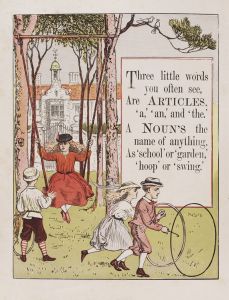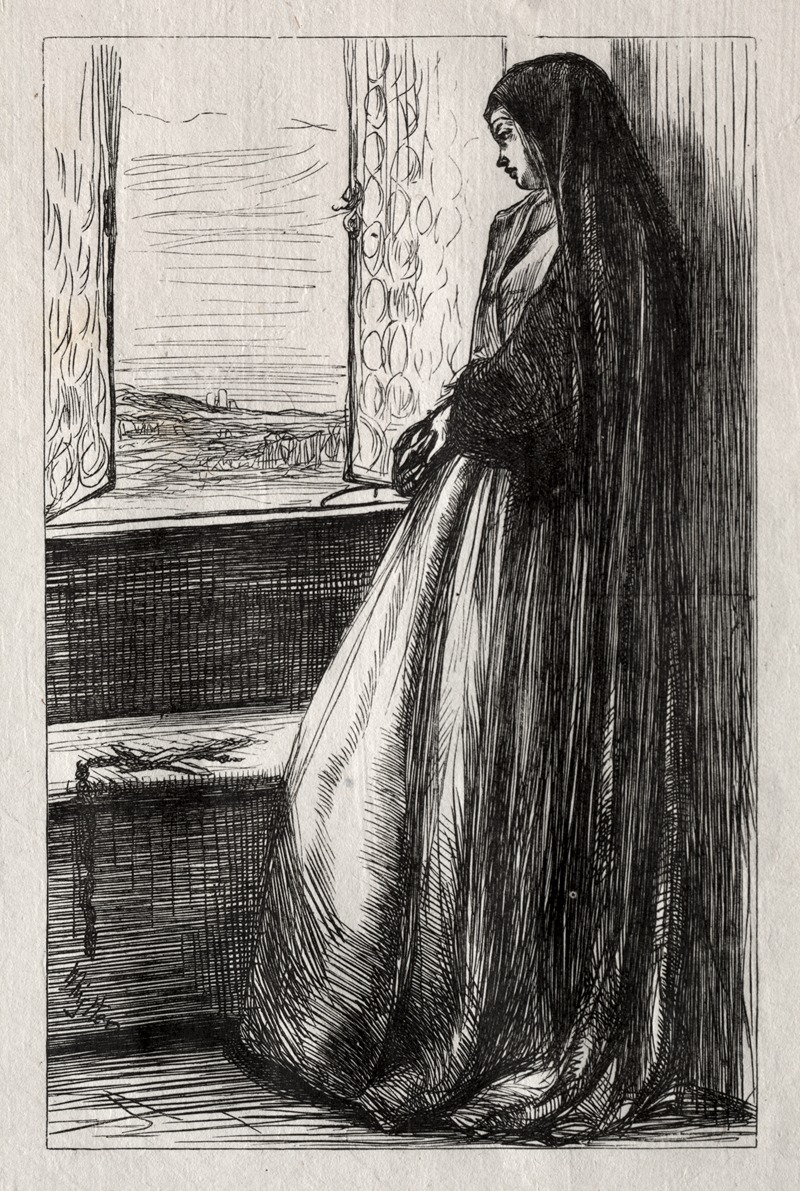
Illustration for ‘Count Bruckhardt’ in ‘Once a Week’
A hand-painted replica of James Abbott McNeill Whistler’s masterpiece Illustration for ‘Count Bruckhardt’ in ‘Once a Week’, meticulously crafted by professional artists to capture the true essence of the original. Each piece is created with museum-quality canvas and rare mineral pigments, carefully painted by experienced artists with delicate brushstrokes and rich, layered colors to perfectly recreate the texture of the original artwork. Unlike machine-printed reproductions, this hand-painted version brings the painting to life, infused with the artist’s emotions and skill in every stroke. Whether for personal collection or home decoration, it instantly elevates the artistic atmosphere of any space.
James Abbott McNeill Whistler, an American artist active during the late 19th century, is renowned for his contributions to the Aesthetic Movement and his innovative approach to art. Among his diverse body of work, Whistler created an illustration for the publication "Once a Week," a British literary magazine that featured serialized fiction, poetry, and illustrations. This particular illustration was for a story titled "Count Bruckhardt."
"Once a Week" was a popular periodical in the mid-19th century, known for its high-quality illustrations and contributions from notable authors and artists. It was first published in 1859 by Bradbury and Evans, following a split with Charles Dickens, who had been associated with their previous magazine, "Household Words." The magazine aimed to provide a platform for serialized storytelling, accompanied by illustrations from some of the era's most talented artists.
Whistler's involvement with "Once a Week" came during a period when he was exploring various artistic avenues and establishing his reputation in the art world. Although primarily known for his paintings, Whistler also engaged in printmaking and illustration, which allowed him to experiment with different techniques and reach a broader audience.
The illustration for "Count Bruckhardt" reflects Whistler's distinctive style, characterized by a focus on composition, line, and subtle tonal variations. While specific details about the content and style of this particular illustration are limited, Whistler's work during this period often exhibited a keen attention to detail and an ability to convey mood and character through minimalistic yet expressive means.
Whistler's illustrations were typically executed with a delicate touch, emphasizing the interplay of light and shadow. His approach to illustration was influenced by his broader artistic philosophy, which prioritized beauty and harmony over narrative or moral content. This philosophy aligned with the principles of the Aesthetic Movement, which sought to elevate art above mere storytelling or didactic purposes.
The collaboration with "Once a Week" provided Whistler with an opportunity to reach a wider audience and showcase his skills in a different medium. It also allowed him to engage with the literary and artistic community in London, where he was based for much of his career. Whistler's work in illustration, though not as extensively documented as his paintings, remains an important aspect of his artistic legacy, demonstrating his versatility and commitment to exploring various forms of artistic expression.
Overall, Whistler's illustration for "Count Bruckhardt" in "Once a Week" represents a fascinating intersection of literature and visual art during a vibrant period in British cultural history. While specific details about the illustration itself may be scarce, it stands as a testament to Whistler's enduring influence and his ability to transcend traditional artistic boundaries.





